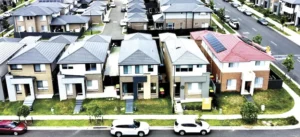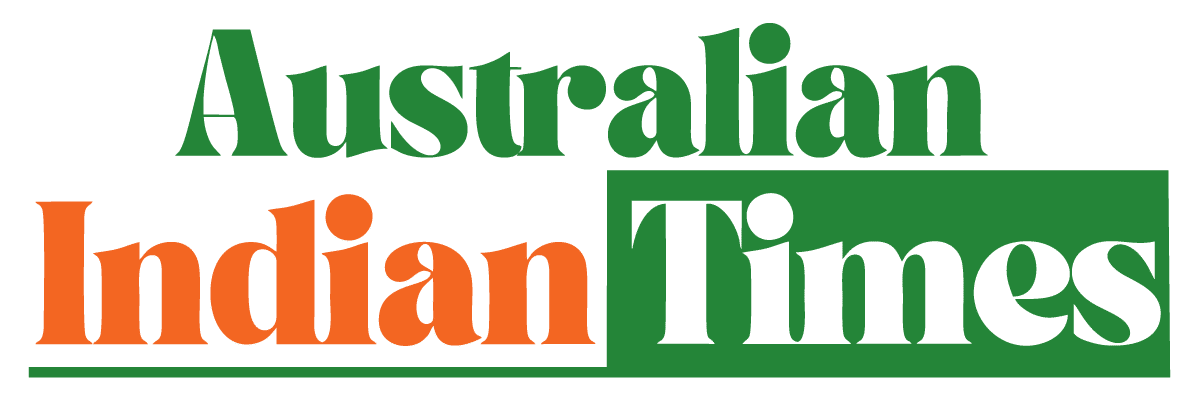Rate Cuts and Real Estate: Will Australia’s Housing Market Keep Booming?
 Australia’s real estate market is once again in the spotlight, as interest rate cuts by the Reserve Bank of Australia (RBA) have sparked renewed growth across capital cities and regional areas. The question now confronting economists, policymakers, and homeowners alike: how long can this surge last?
Australia’s real estate market is once again in the spotlight, as interest rate cuts by the Reserve Bank of Australia (RBA) have sparked renewed growth across capital cities and regional areas. The question now confronting economists, policymakers, and homeowners alike: how long can this surge last?
The RBA has delivered three consecutive rate cuts in 2025, lowering the cash rate from 4.35% in January to 3.60% by August. According to Governor Michele Bullock, the bank’s actions are in response to cooling inflation and signs of slowing economic activity, though the central bank remains cautious about future moves.
“We are seeing the early effects of easing monetary policy, but we’re not declaring victory over inflation yet,” Bullock said during the August monetary policy meeting (Reserve Bank of Australia, 2025).
A Booming Property Market
These rate cuts have had a swift and profound impact on the property market. CoreLogic’s national Home Value Index rose 1.2% in August alone, with annual growth now surpassing 8.5% across major markets (CoreLogic, August 2025). Sydney continues to lead the pack, with median house prices nearing $1.6 million, while Brisbane and Adelaide are posting record gains.
“Rate cuts are fuelling buyer confidence and unlocking pent-up demand,” said Domain Chief of Research Dr. Nicola Powell. “Investors are returning, and first-home buyers are rushing to take advantage of favourable borrowing conditions” (Domain, 2025).
In Queensland, the Gold Coast has seen its median house price jump to $1.32 million, surpassing even Brisbane’s $936,000 average. Townsville saw the most significant regional growth, up 17.6% year-on-year (Courier-Mail, 3 Sept 2025).
What’s Driving the Surge?
The real estate rebound is underpinned by a combination of factors:
1. Lower Mortgage Costs: A borrower with a $700,000 mortgage is now saving approximately $92 per month compared to January, thanks to the rate cuts (ABC News, 2 Sept 2025). For many buyers, this translates to increased borrowing capacity and improved affordability—at least on paper.
2. Tight Supply Conditions: Australia continues to face a chronic housing shortage. The National Housing Finance and Investment Corporation (NHFIC) estimates a deficit of over 175,000 homes by 2027, driven by high immigration and lagging construction starts (NHFIC, 2025).
3. Government Incentives: New federal and state initiatives targeting first-home buyers—such as the expanded Home Guarantee Scheme and low-deposit options—have boosted demand in the under-$1 million price bracket (The Australian, 1 Sept 2025).
4. Investor Return: After a brief retreat during the 2023–24 rate hiking cycle, investors are back. Rental yields remain high in most capital cities, with vacancy rates under 1% in parts of Melbourne and Perth (SQM Research, August 2025).
Can It Continue?
While the current rally is well-supported, experts warn that several risk factors could stall the market’s momentum.
Dr. Shane Oliver, Chief Economist at AMP Capital, believes the pace of growth may slow by mid-2026.
“Rate cuts have certainly reignited the housing market, but if affordability continues to deteriorate, we could see the RBA slow its easing cycle or implement macroprudential measures to prevent overheating,” Oliver said in a recent research note (AMP Capital, 2025).
Indeed, housing affordability remains a persistent concern. According to the ANZ-CoreLogic Housing Affordability Report, the portion of income required to service a new mortgage in Sydney is now over 50%, significantly above the long-term average (CoreLogic, July 2025).
Moreover, wage growth remains tepid. While inflation has eased, real incomes have not kept pace with rising property prices, putting pressure on younger and lower-income buyers.
“It’s a paradox: lower interest rates are meant to improve affordability, but when prices surge, the benefit is largely wiped out,” noted Professor Peter Tulip of the Centre for Independent Studies (CIS, 2025).
Regional Outlook: A Mixed Picture
While capital cities are booming, some experts believe the next growth phase may tilt towards regional areas—particularly those offering lifestyle benefits and better affordability.
Inland NSW towns like Orange and Dubbo, as well as coastal regions of WA and South Australia, have seen renewed interest from remote workers and retirees. However, growth remains uneven.
“We’re seeing a divergence between high-growth nodes and stagnant areas where economic fundamentals are weaker,” said Nerida Conisbee, Chief Economist at Ray White (Ray White Research, August 2025).
RBA’s Next Move
The RBA has remained deliberately non-committal about future rate decisions. Market analysts expect one or two more cuts before the end of 2025, depending on inflation and global economic conditions.
Yet, as GDP growth rebounds—up 0.6% in Q2 2025—and consumer spending remains resilient, some are questioning whether further easing is necessary (Reuters, 3 Sept 2025).
“The RBA may find itself in a tricky spot—too much stimulus could inflate another housing bubble,” warned former RBA board member Warwick McKibbin in an interview with the AFR (Australian Financial Review, 2 Sept 2025).
Finally, the RBA’s rate cuts have undoubtedly sparked a renewed property boom, offering opportunities and challenges in equal measure. While price growth may continue into 2026, concerns around affordability, supply shortages, and economic inequality will shape the market’s long-term trajectory.
For now, buyers and sellers are riding the wave. But as always in Australian real estate, the tide could shift with little warning.
(Sources: Reserve Bank of Australia, August 2025 Monetary Policy Statement, CoreLogic Home Value Index – August 2025, Domain Property Insights, 2025, Courier-Mail, 3 September 2025, NHFIC State of the Housing Market Report, 2025, ABC News, 2 September 2025, AMP Capital Research, August 2025, ANZ-CoreLogic Housing Affordability Report, July 2025, CIS, Housing Analysis 2025, Ray White Research Bulletin, August 2025, Reuters, 3 September 2025, Australian Financial Review, 2 September 2025, The Australian, 1 September 2025)

